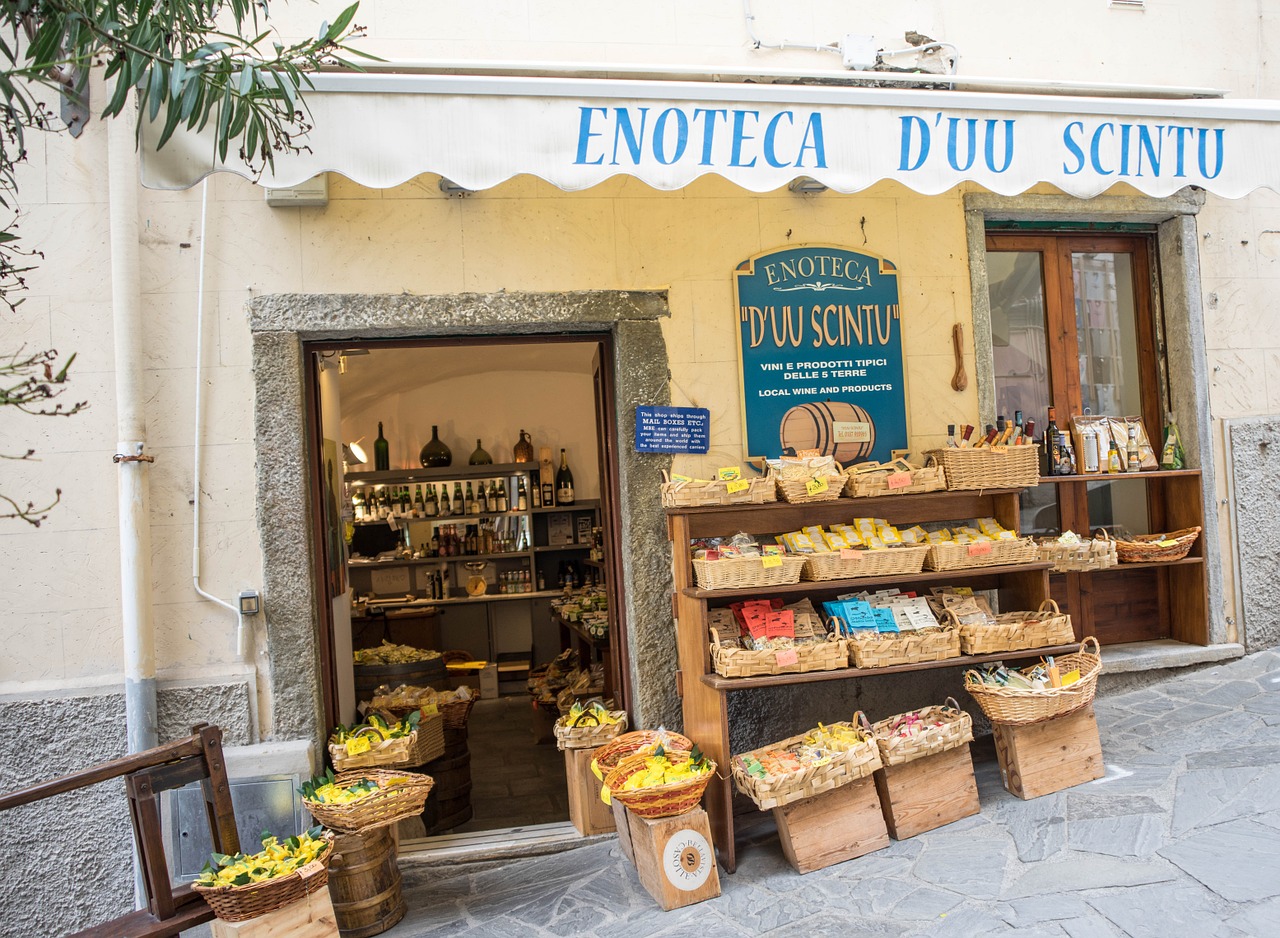For many companies that traditionally operated brick-and-mortar stores, the shift to digital platforms has been challenging. In fact, the paradigm shift from traditional retail stores to the e-commerce market place has seen some of the retail market’s iconic brands experience a massive slowdown in growth.
The likes of JC Penney (JCP), Macy’s (M) and Kohl’s (KS) are just but a few to point out while other likes Walmart (WMT), BestBuy (BBY) and Target (TGT) have faired significantly well against the online shopping tsunami led by online retail giants Amazon.com (AMZN) and eBay (EBAY).

This wave of change has inspired the founding of several digital stores over the last 15-20 years, most of which continue to do well outwitting their brick-and-mortar rivals. While the shift has primarily been from traditional stores to digital platforms, what some may have failed to notice is the flow in the opposite direction.
Digital stores are getting physical
Digital stores have been rapidly opening brick-and-mortar stores to beef up their online sales while at the same time developing distribution channels that will play a crucial role in their growth plan.
However, just as physical stores find it difficult to integrate their businesses to online marketplaces, online stores face a similar challenge while trying to integrate their digital stores to offline stores. The approach taken to create impeccable customer experiences is different from how a digital store owner would implement a digital branding strategy.
For instance, while online stores must spend a lot of time working to monetize their social media audience, brick-and-mortar retailers must try to attract potential customers passing on the opposite side of the road to come to their store by putting up signage that stands out. As such, having revolutionary business signage that speaks more than just the name of the business is crucial to replicating a digital store’s online success on its off-line stores. This is particularly important if the business is going offline for the first time to build on its success online.
Extensive research on the location, the types of products to start with, as well as, legal requirements including taxation and business registration should be considered before even thinking about the size of the store and whether to rent or lease property.
Success is realistic based on a few that made the shift
The trend of online businesses opening brick-and-mortar stores appears to be gaining momentum with retailers that run their businesses entirely online expected to open more than 850 physical stores within the next 5 years according to a report from Retail Dive. One of the driving forces behind this transition is the success demonstrated by the few online stores that have already made the giant leap.
Top of the list is Amazon.com, which began as an online book store back in 1996 before expanding to multiple online verticals and later launching physical stores. The e-commerce giant’s decision to open physical stores is part of its grand plan to speed up the delivery process on a multi-national level while at the same time building another avenue to connect with potential customers.
Smaller startups that have made the integration to offline marketplaces successfully include Warby Parker, a company that witnessed success with its try-before-you-buy glasses after opening 60 retail stores in the US and few more in Canada. Other success stories feature the likes of Bonobos, Away, Aday and Everlane in a list that continues to grow every year.
Besides building brands that stand out both online and offline, these companies have also taken the advantages created by this unique extension of product and service offering to harness accretive synergies. Some companies are using cameras to monitor the activity of offline shoppers while in the physical store and leveraging that with modern data analytics to provide customized offers via customer smartphones and personal computers.
Conclusion
In summary, while online stores continue to experience success as they open brick-and-mortar stores, this comes at the back of extensive research and planning while at the same time utilizing the tools they already have at their disposal from digital operations.
Therefore, while most of the attention appears to focus on the shift from brick-and-mortar to digital platforms, the movement in the opposite direction is also gaining momentum and will be interesting to see how things unfold in the coming years.





But haven't all these companies had an online presence for over two decades now?
Nice.